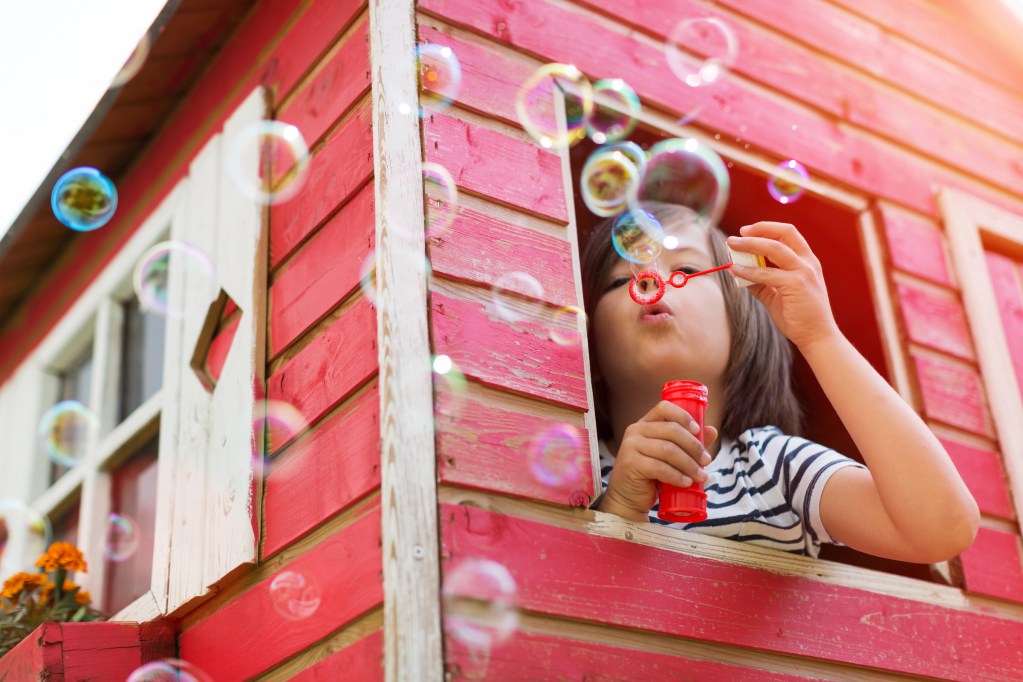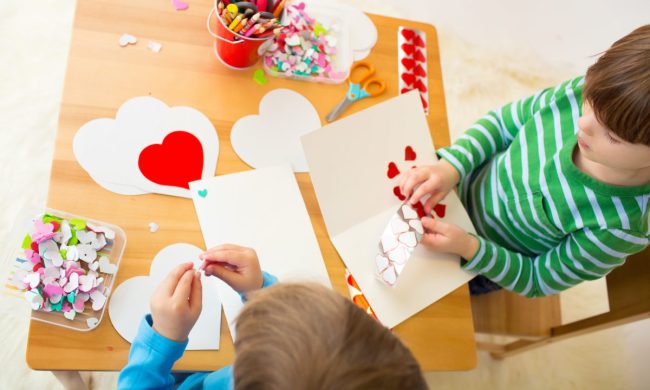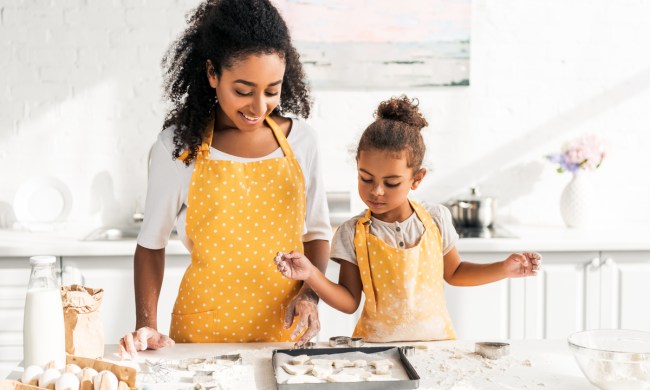It seems that everything is getting more expensive these days, especially when it comes to entertaining kids. Finding ways to keep the kids from boredom without breaking the bank can be challenging for any parent until they learn how to make homemade bubble solutions. Using homemade bubble solutions isn’t only a fun way for adults and kids to spend the day, but it’s also cost-effective. Once you learn how to make this easy and affordable solution, the fun will be endless.
If your kids love to play with bubbles and you’re tired of running to the store every time they empty (or spill) a bottle, here’s all you need to make a homemade bubble solution in two easy steps.
First, gather your ingredients

Although making homemade bubble solution isn’t very difficult, if you want to have the kind of bubbles that will be the envy of all the neighborhood kids, you’ll want a bit more than just dish soap and water. You’ll need dish soap (Joy or Dawn tends to work best), water, and some glycerin, a liquid sugar alcohol. You’ll also need a large bowl to mix your ingredients, bubble wands, and a tray for your bubble wand, and if you want to get adventurous grab an empty water or soda bottle to make bubbles.
Next, make your bubble solution

Create your homemade bubble solution by adding 4 cups of water, 1 cup of dish soap, and 1/3 cup of glycerin to your bowl and gently stirring. If you don’t have glycerin, you can also substitute with honey or corn syrup. The addition of glycerin, honey, or corn syrup is really the secret to bigger and longer-lasting bubbles.
“These viscous liquids reduce the surface tension of the water, which tries to pull the sides of the bubbles together and make them pop,” The Ontario Science Centre notes. “It also makes the bubble solution thicker. This thicker skin of the bubble keeps the water from evaporating quickly, making bubbles last longer.”
Choose your wand

You can use a store-bought wand or make your own bubble blower to use with your homemade bubble solution. To make your own, simply cut the bottom off a plastic water or soda bottle and put a sock over the opening. Dip the sock into the bubble mixture then gently blow through the bottle opening and watch as you create a ton of fun! If you would rather use a wand, then grab a tray and pour some of the solution, and then dip your wand. For extra fun, you can add some food coloring to your solution to create different colored bubbles!
You may be surprised to see just how much your kids love playing with bubbles, especially if you get them involved in making their own homemade bubble solution. Experiment with different colors and wand sizes for an activity that’s not just a lot of fun, but easy on the pocketbook, too!




